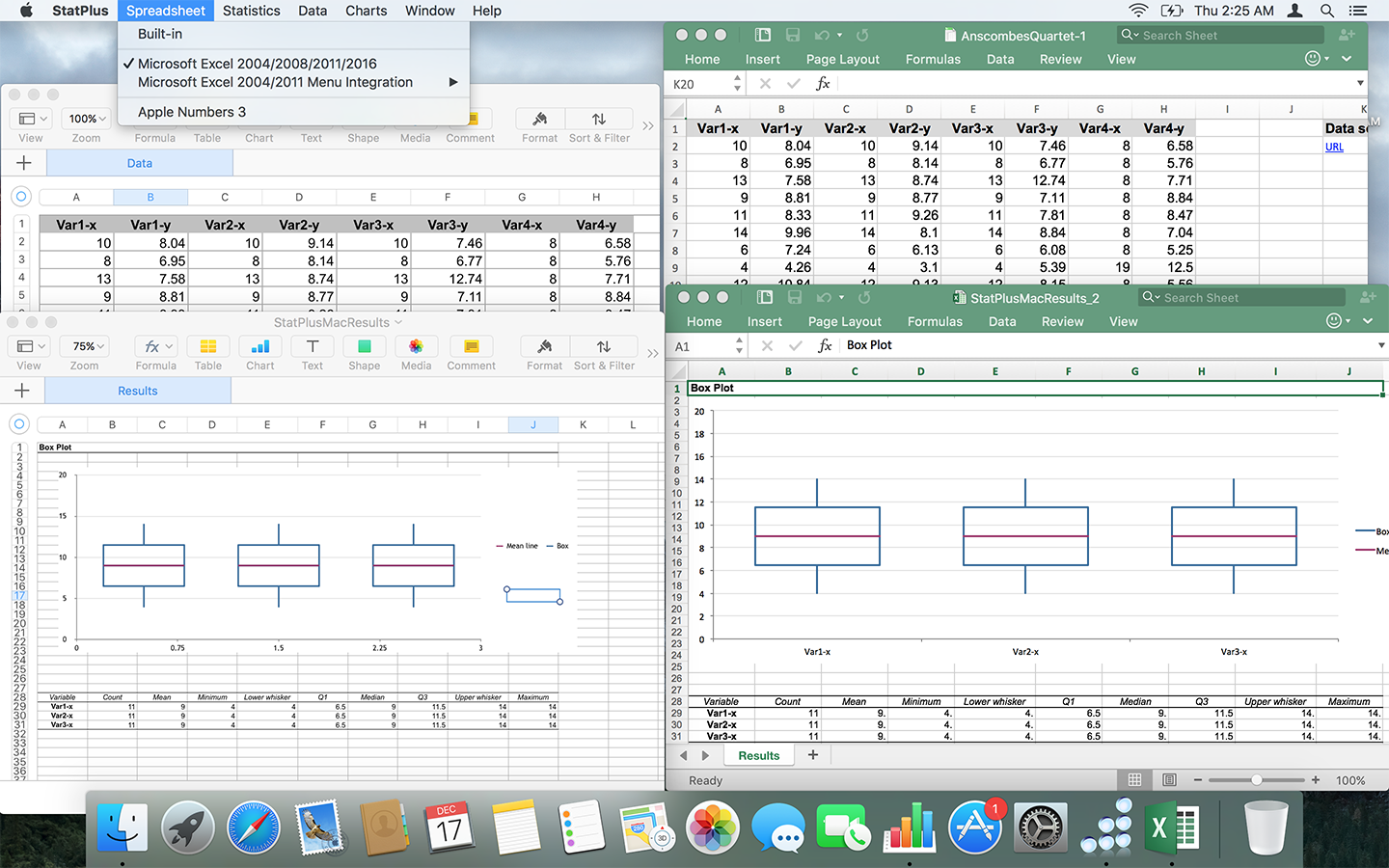
Sequencing-grade trypsin or chymotrypsin purchased from Promega (San Luis Obispo, CA, USA) was added (50:1, w/w, protein/trypsin) and samples were incubated at 40?C overnight. These proteins were reduced using 10-mM dithiothreitol (DTT) and then alkylated using 55-mM iodoacetamide (IDA), which were both purchased from Sigma Aldrich (St. Bovine serum albumin was purchased from Waters (Milford, MA, USA). Myoglobin, transferrin, concanavalin A, fetuin, cytochrome C, lysozyme, ribonuclease B, carbonic anhydride, and dextran were purchased from Sigma-Aldrich (St. This model is incredibly useful by not only predicting peptide retention, but also heightening protein confidenceĪnd decreasing the length of the identification process. We introduce specific criteria for peptide selection as well as optimised coefficients for hydrophobic residues at the N-terminus of a peptide. Coefficients for all the amino acids have been derived using linear regression from a data set of tryptic peptides that resulted in a high correlation coefficient (0.960). The model that is presented here can predict peptide retention using a HILIC column with gradient elution, and uses dextran as a retention time calibrant. Of chromatographic columns increases, so must the number of models specifically made for those columns that are able to predict retention. Accurate mass and time (AMT) tagging technology has been used frequently to quickly identify peptides based off of their mass to charge ratio and retention times. Accurately predicting where peptides will elute can help further the characterisation process and lead to more confident and accurate identifications when paired with database searching.

Retention prediction models are useful for many different reasons, including being able to improve the confidence in identifying proteins as well as eliminating false positives when MS2 data is insufficient in confidently identifying a peptide. This does not necessarily limit the usefulness of these models, but rather requires an understanding of the separation methods and conditions that are needed for specific purposes. Thus, amino acid coefficients need to be created for specific mobile phase and stationary phase operation. These models have also shown that amino acid coefficients change with different HILIC stationary phases, and are dependent on operating conditions (for example, pH). These models have high correlation coefficients in the range of 0.92-0.97, illustrating that the prediction of peptides with these columns can be very accurate. created coefficients for three different HILIC stationary phases: bare silica, bridge-ethyl hybrid silica, and an amide modified bridge-ethyl hybrid silica. Yoshida was the first to do so in 1998 on a TSK Amide-80 column, then in 2011 Gilar et al. Although the majority of peptide retention prediction models available use RP chromatography, there have been some attempts to create similar models using HILIC, especially since the types of available HILIC columns has steadily increased through the years. These coefficients can be derived a number of ways, from linear regression analysis to the use of MATLAB® or even the substitution of amino acids on a synthetic peptide. Since 1979, when O’Hare and Nice noted that small peptide retention on RP columns was directly related to the sum of the hydrophobicity of the amino acids within the peptide, many researchers have created models that accurately predict the retention of peptides by the summation of amino acid coefficients.

Recent developments have shown that HILIC is an incredibly useful tool for the analysis of proteins and peptides, and is complimentary to reversed-phase (RP) chromatography, which has been the preferred analytical method for these analytes due to their large hydrophobicity and low polarity. This model was developed using gradient elution on a HALO Penta-HILIC column and can predict the retention times of peptides based on amino acid composition with a site-specific correction for hydrophobic residues at the N-terminus. The correlation coefficient (R2 = 0.960) is similar to previous reverse-phase (RP) and HILIC peptide retention prediction models. This model predicts coefficients for each amino acid that can be summed to predict the retention time of peptides. A retention prediction model for peptides was created for hydrophilic interaction liquid chromatography (HILIC).


 0 kommentar(er)
0 kommentar(er)
